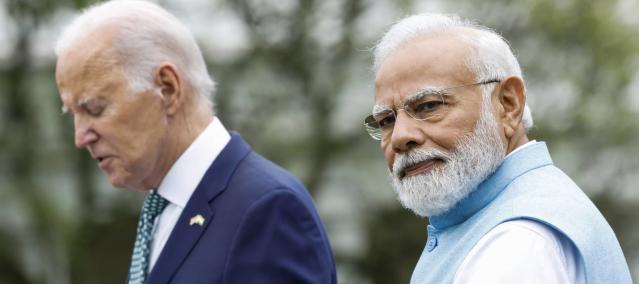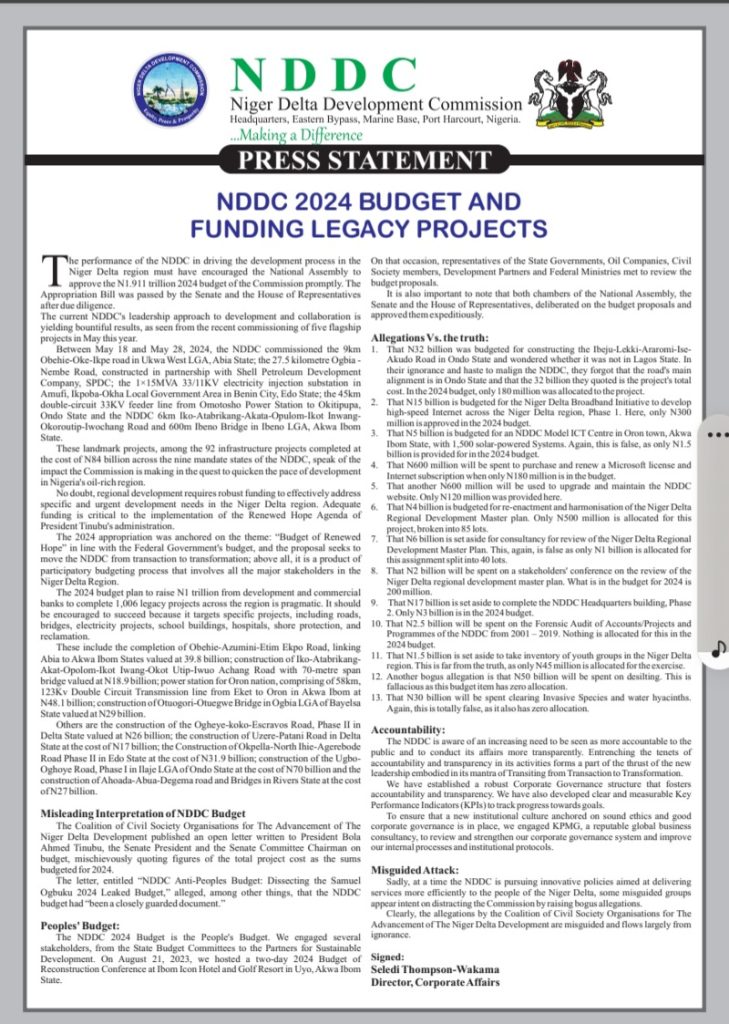In a significant shift towards economic autonomy, India and the United Arab Emirates (UAE) have embarked on a new phase of trade by conducting transactions in their respective local currencies, marking a departure from the conventional reliance on the U.S. dollar. This landmark development, which holds far-reaching implications, was recently set in motion as India’s premier petroleum refiner, Indian Oil Corp., successfully purchased one million barrels of oil from the Abu Dhabi National Oil Company using the local rupee instead of the dollar.
This stride toward local currency trading follows a notable precedent, with a UAE gold exporter having already sold 25kg of gold to an Indian buyer for approximately 128.4 million rupees ($1.54 million), as reported by Reuters. The implications of this economic maneuver on the global stage, particularly for the U.S. dollar, have sparked discussions within financial circles.
Last year, the Central Bank of India unveiled a new blueprint for executing global trade settlements in rupees, a vision that has now been realized with a groundbreaking agreement between India and the UAE. As the world’s third-largest importer and consumer of oil, India entered into two pivotal agreements with the UAE. Firstly, the two economic behemoths consented to facilitate trade using their local currencies, aiming to curtail transaction expenses and eliminate the need for dollar conversions. Furthermore, they established a real-time payment link to streamline cross-border financial transfers.
The Reserve Bank of India expounded on these agreements, highlighting that they would foster seamless cross-border transactions, stimulate economic collaboration, and fortify financial ties between the two nations. This development comes as part of a larger global trend termed “de-dollarization,” in which countries endeavor to decrease their dependency on the U.S. dollar due to concerns about stringent U.S. sanctions and foreign policy maneuvers. Notably, China and Russia have spearheaded this movement, seeking alternatives to the dollar’s hegemony.
However, U.S. Treasury Secretary Janet Yellen has underscored that no current currency possesses the capacity to supplant the dollar’s prominence. Yellen’s reassurance comes in the wake of an 8% reduction in the dollar’s share of global reserves in the preceding year. As central banks worldwide strive to diversify their holdings, a notable shift towards gold reserves has also been observed.










